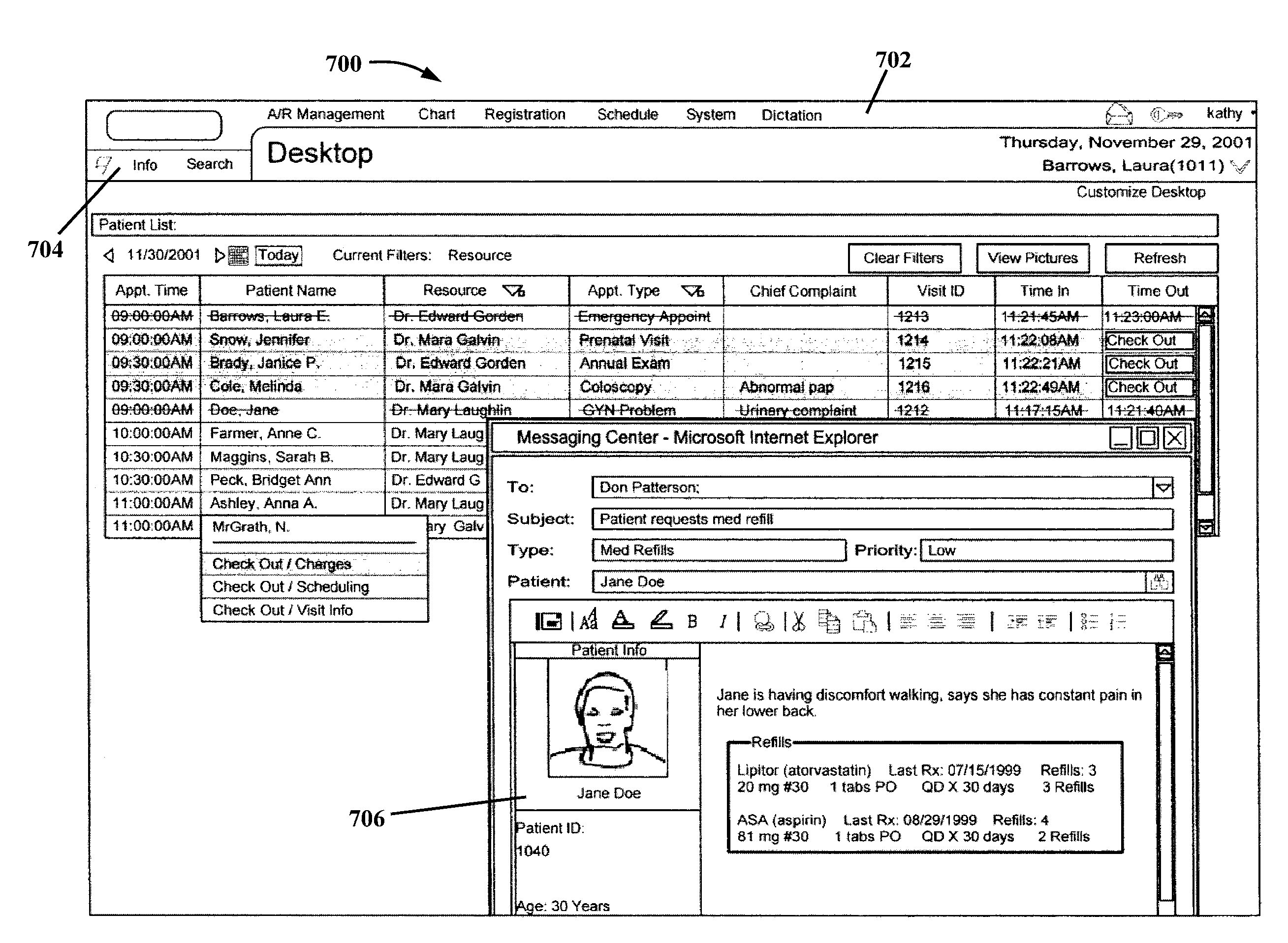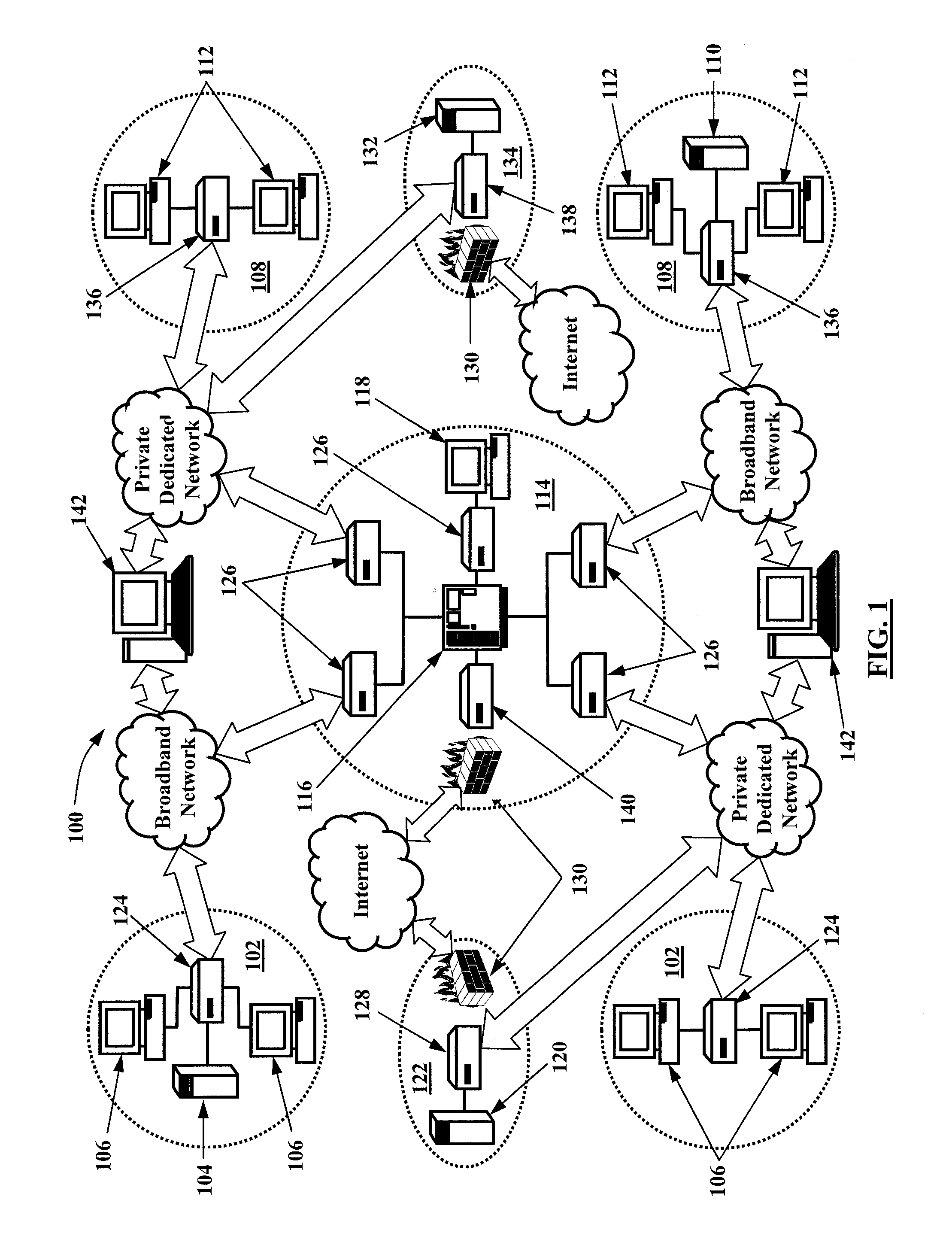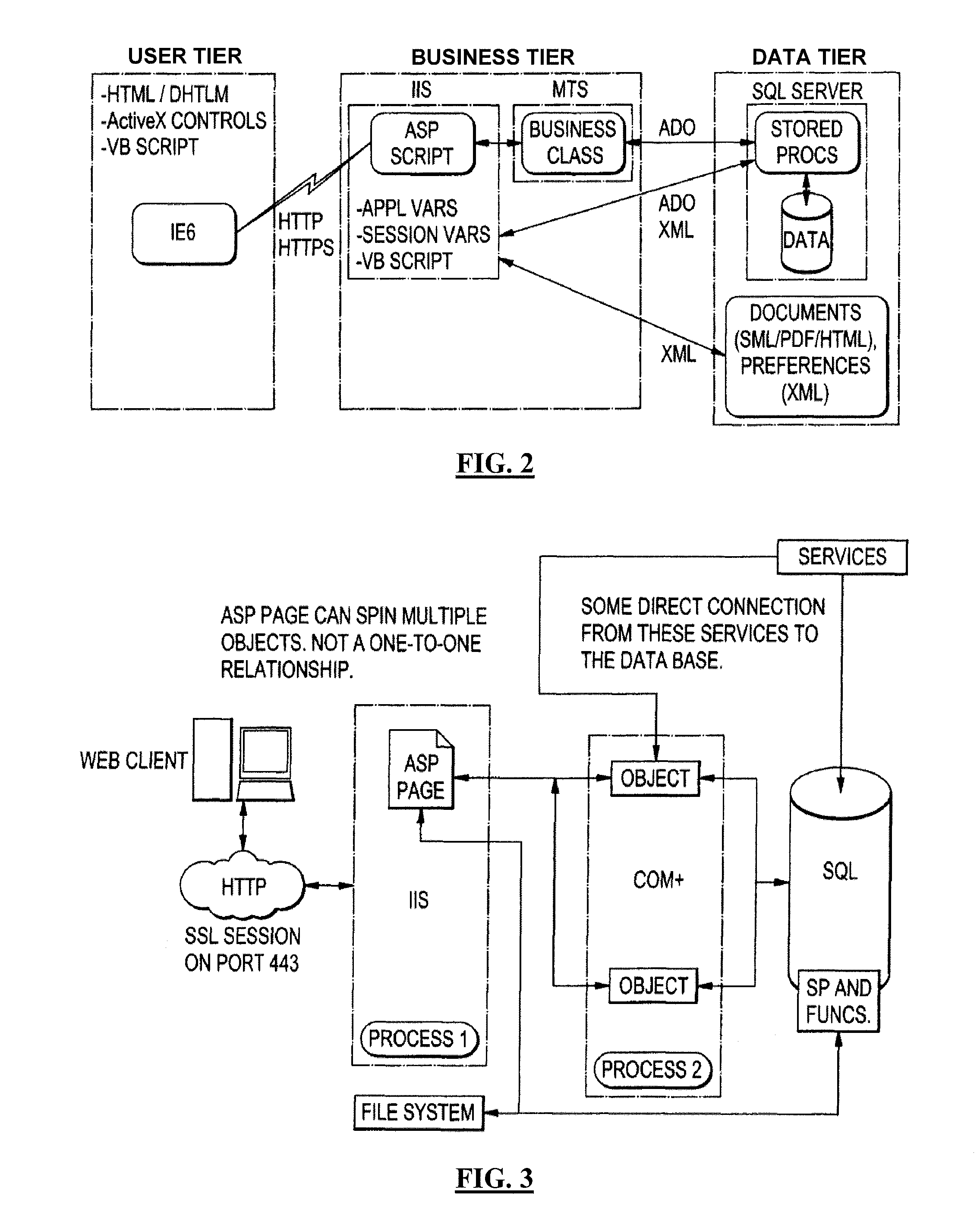The manual, paper-based practice of keeping a patient's information, however, is a very inefficient, labor-intensive process that requires many checks and balances to ensure accurate
processing of the information and, therefore, takes up a significant amount of clinician's time that could otherwise be spent with patients.
Unfortunately, many of the vendors of EMR and EHR systems have resisted making their
software capable of exporting and importing
patient information using uniform
electronic messaging, document, and form management standards (e.g., the Health Level Seven (HL7) messaging standard, the Continuity of Care Document (CCD) document standard, and the Retrieve Form for Data Capture (RFD) form management standard).
And when data is not captured and stored using uniform, standardized medical vocabularies, and when it is not transmitted using uniform messaging, document, and form management standards, that data of little use outside of the system in which it is captured and stored.
The process of developing different interfaces between the disparate formats used by different vendors is expensive and difficult.
Moreover, such interfaces are also costly and labor-intensive to maintain
The problem of
interfacing different EMR and EHR systems is exacerbated by the fact that, in the present health care industry, most patient visits are to small, self-contained practices that often treasure their autonomy and are unwilling and / or unable to acquire EMR and EHR systems unless each of those systems is individually tailored to the narrow objectives of each specific self-contained practice.
Thus, the various existing EMR and EHR systems are not well suited for interaction and
data exchange with each other, or for maintaining information that would be useful to other systems.
The data collected by the different practice groups using EMR and EHR systems is therefore severely fragmented.
In addition, most of the commercially available EMR and EHR systems have not been well received by healthcare providers.
Healthcare providers tend to
resist such systems because those systems are unable to keep up with the
workflow demands of clinicians during the various tasks they perform throughout the day.
Accordingly, healthcare providers find them difficult to use, especially those healthcare providers that have difficulty with
computer technology, and especially when it involves adopting new
software with which the healthcare provider is not already familiar.
The
turnaround time required for a medical transcription / editing service to review and correct the electronic
text document is unpredictable and inconvenient.
Using such services also creates an additional expense for healthcare providers, who already suffer from large overhead costs.
Because most EMR and EHR systems that incorporate
speech recognition software are not capable of exporting and importing
patient information in a standardized format, and because they do not utilize functions and features suited for interaction and
data exchange with other systems, the fragmented pools of data collected using those systems cannot easily be combined.
Accordingly, an individual healthcare practice cannot share data between its individually customized systems in a way that streamlines management of that healthcare practice, but instead must capture, store, and manage duplicate sets of data between its disparate, stand-alone systems.
Such disparities in data have not only contributed to inefficiencies in healthcare
practice management, they have also served as a barrier to the implementation of
clinical decision support (CDS) systems.
Moreover, they suffer from many of the same disadvantages as EMR and EHR systems.
For example, no conventional CDS system has had access to the
clinical knowledge base in a single, standardized format.
Nor has one provided interventions for conveying that knowledge to healthcare providers in a manner in which it can be easily used.
Low clinician demand for CDS systems is another barrier to broader CDS system adoption, which appears to be related to
usability issues with CDS interventions, lack of integration into the clinical
workflow, concerns about autonomy, and the legal and ethical ramifications of adhering to or overriding recommendations made by the CDS system.
The problems associated with EHR, EMR, and CDS systems are compounded by the regulations of the Health Insurance Portability and Accountability Act (HIPAA).
The implementation of the regulations of HIPAA has increased the overall amount of paperwork and the overall costs required for healthcare providers to operate.
And the complex legal implications associated with those regulations, like those associated with the recommendations made by a CDS system, have caused concerns with compliance among healthcare providers.
With regard to researchers in particular, the HIPAA regulations have hindered their ability to perform retrospective, chart-based research as well as their ability to prospectively evaluate patients by contacting them for follow-up surveys.
The HIPAA regulations have also led to significant decreases
in patient accrual for research, increases in time spent recruiting patients for research, and increases in mean recruitment costs.
And by requiring that informed consent forms for research studies include extensive detail on how the participant's protected information will be kept private, those already complex documents have become even less user-friendly.
Accordingly, researchers cannot easily collect data from multiple healthcare practices for performing
medical research, maintaining
disease registries, tracking
patient care for quality and safety initiatives, and performing composite clinical and financial analytics.
Instead, those processes remain time-consuming and expensive.
For example, a
clinical research organization (CRO) tasked with identifying patients that satisfy certain criteria for participating in a
clinical trial must still sort through voluminous libraries of paper medical records and
unstructured data, spending large amounts of time and money searching for candidates.
 Login to View More
Login to View More  Login to View More
Login to View More 


